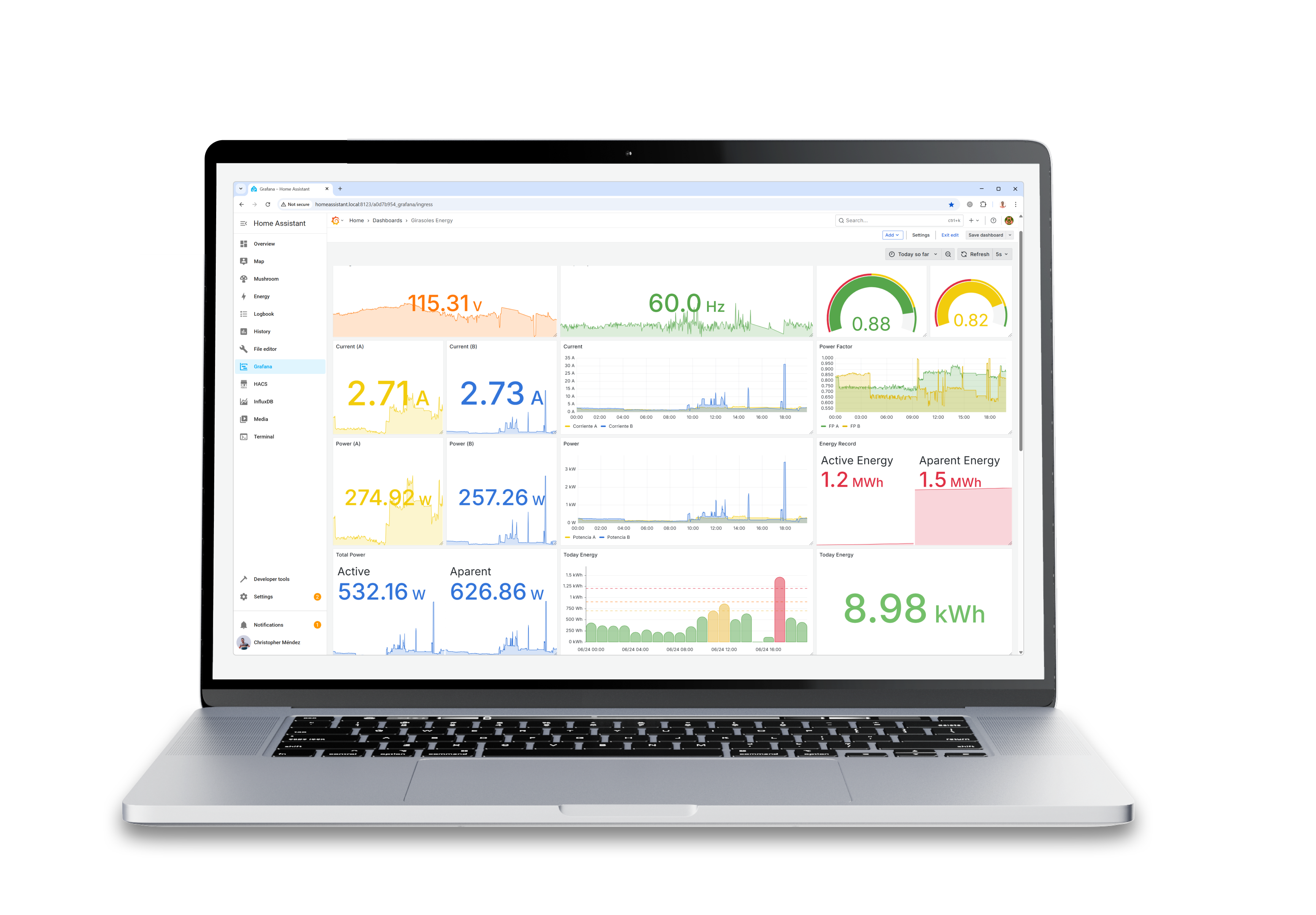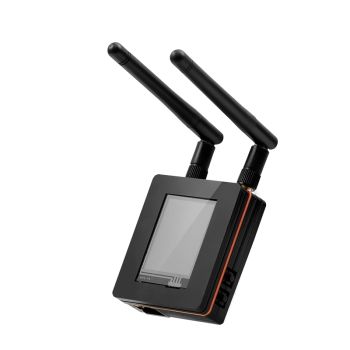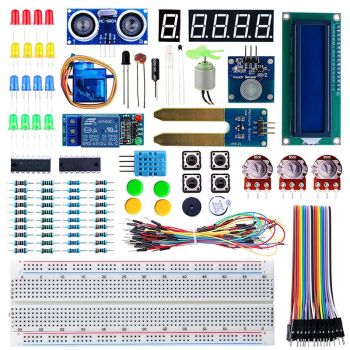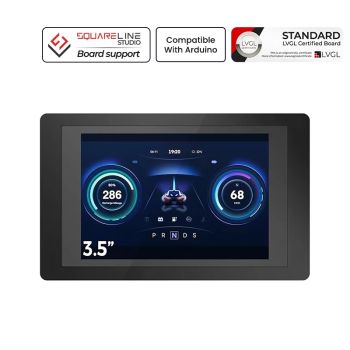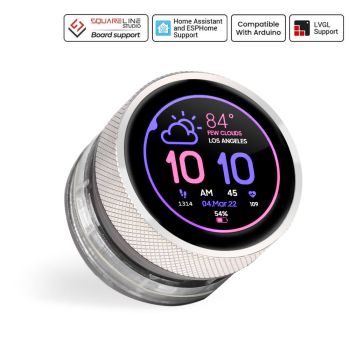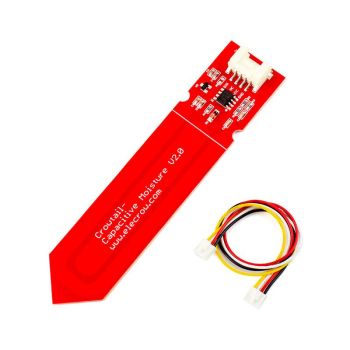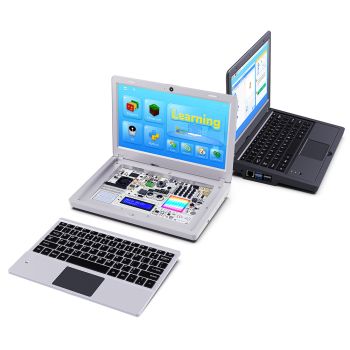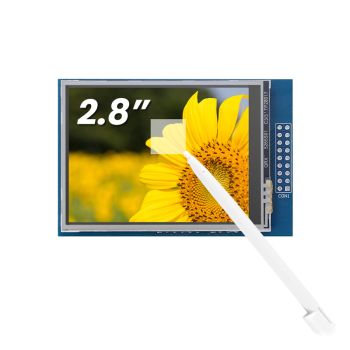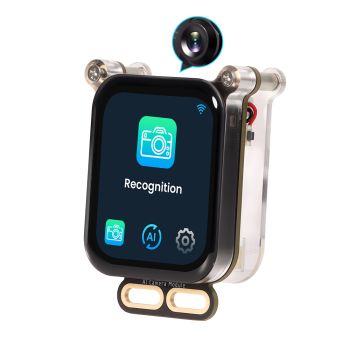MCM Split-Phase Energy Monitor
The MCM Split-Phase Energy Monitor is a development board for electricity usage tracking. Designed to be integrated with the Arduino Nano board family. Powered by the ATM90E32AS energy metering IC, it provides high-accuracy measurements and industrial performance.
Product Overview
The MCM Split-Phase Energy Monitor is a development board for electricity usage tracking. Its design allows it to be fully customizable; it can be integrated with the Arduino Nano family and expanded with Grove and Modulino modules. It is perfect for domestic split-phase energy tracking, whether you want to analyze the grid locally or upload the power data to a Cloud IoT platform for remote monitoring.
The energy metering feature is powered by the ATM90E32AS IC from Microchip®. It has an embedded DSP which executes the calculation of active energy, reactive energy, apparent energy, fundamental and harmonic active energy over ADC signal and on-chip reference voltage. The DSP also calculates measurement parameters such as voltage and current RMS value, as well as mean active/reactive/apparent power.
Main Specs
| Feature | Description |
| Grid Voltage Input | 120 V ~ 240 V AC |
| Current Transformer | Current Output Only. It was tested with a 100 A : 50 mA CT (2000:1) |
| ADC Channels (Energy Meter IC) | Min: 120 μVrms, Max: 720 mVrms |
| Active Energy Accuracy | ±0.1% |
| Reactive Energy Accuracy | ±0.2% |
| Electrical Parameters Measurement Accuracy | <±0.5% |
Note: Check the ATM90E32 Datasheet for more detailed information.
Module Pinout
The module's main connections are described in the following pinout:
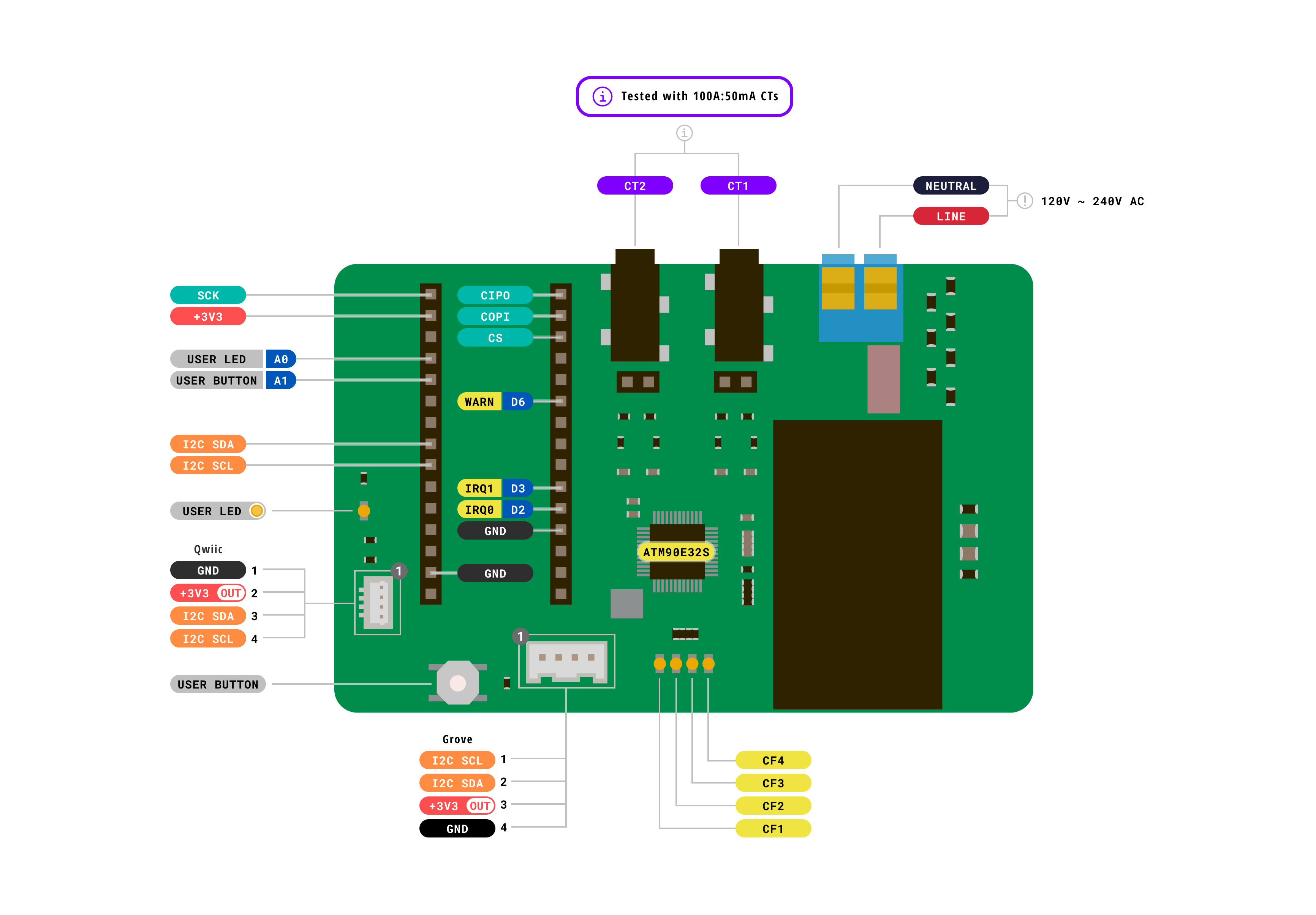
Compatible Arduino Boards
| Board | Note |
| Arduino Nano ESP32 | Recommended (Wi-Fi® and BLE connectivity) |
| Arduino Nano Matter | Matter® over Thread® |
| Arduino Nano | No wireless connectivity to export the readings |
| Arduino Nano RP2040 Connect | Wi-Fi® and BLE connectivity |
| Arduino Nano 33 IoT | Wi-Fi® and BLE connectivity |
Note: You can technically use the MCM Split-Phase Energy Monitor with any Arduino board using jumper wires for the SPI connection.
Package Content
- MCM Split-Phase Energy Monitor (x1)
Related Products (Not Included)
- Current Transformers:
- We recommend the YHDC 100A:50mA, but you can use any current transformer with no internal burden resistor (the module includes 4.7 Ω burden resistors). Make sure your current measuring range does not exceed the maximum input voltage of the IC ADC channels.
- You can connect them to the 3.5mm jacks or the female header pins.
- Host Board:
- We recommend the Arduino Nano ESP32, but you can use any Nano family board directly connected to the module or any other Arduino form factor by using jumpers for the SPI connection.
Module Library
The MCM ATM90E32 Library was developed specifically for the MCM Split-Phase Energy Monitor, allowing you to leverage all its features with ease.
You can download it directly from its official repository or by using the Arduino IDE Library Manager.
The library includes examples and detailed documentation for its implementation.
The complete library API is explained in the repository documentation.
Expansion Options
The board features a Grove and a Qwiic connector, exposing the host board's I2C bus. This is ideal for expanding the module capabilities with interesting features.
Some suggestions are listed below:
- Modulino Buzzer: for sound alerts
- Modulino Pixels: for visual power measurement feedback
Check the whole Modulino family on the Arduino official website.
- Grove LCD Display: for local data visualization
- Grove OLED Display: for local data visualization
Final Setup
Here is a real representation of the final solution with its host board (Arduino Nano ESP32) and its current sensors (YHDC SCT013):
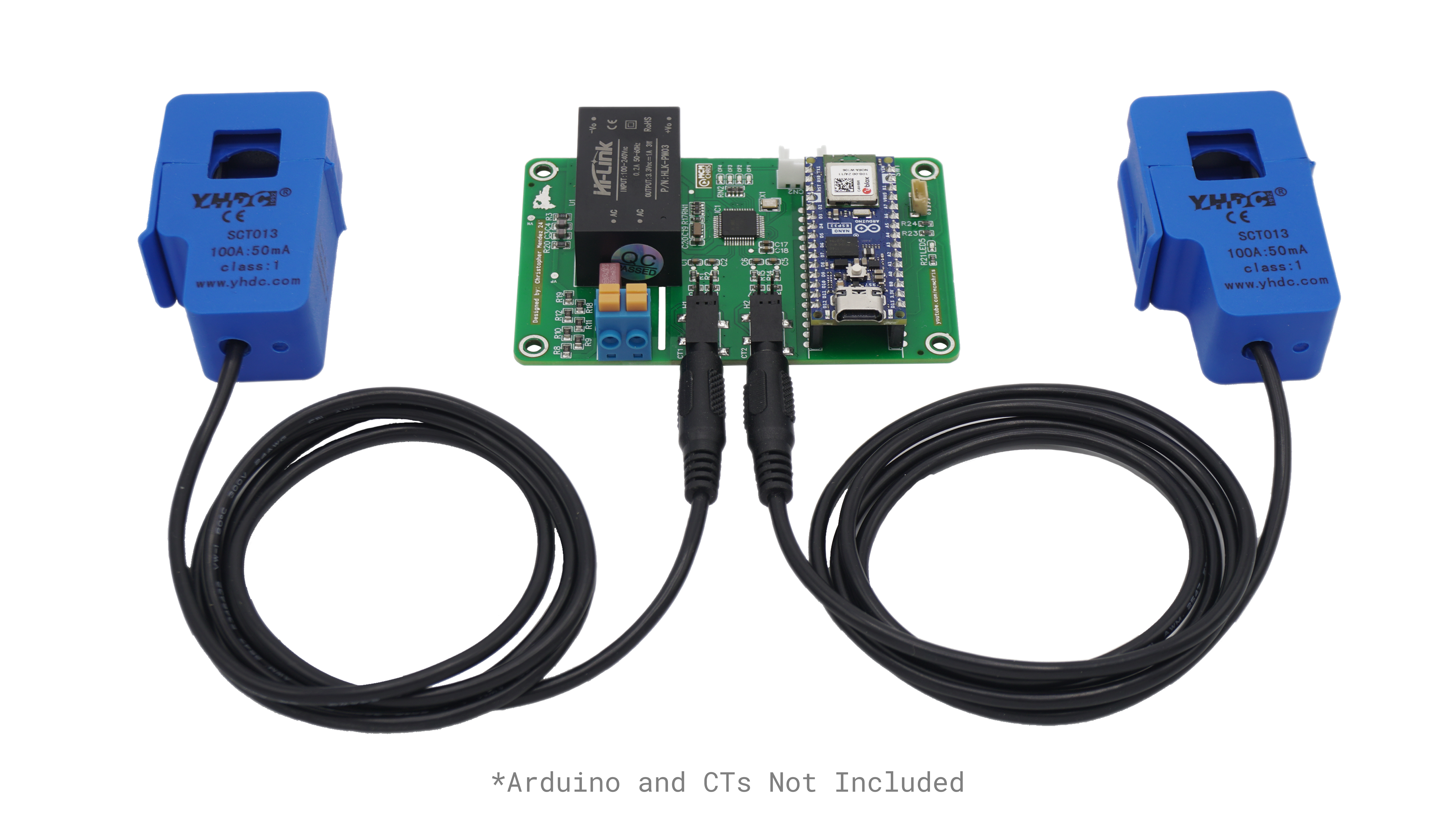
I used a DIY Home Assistant server with Grafana and InfluxDB to deploy my Energy Monitoring Dashboard:
